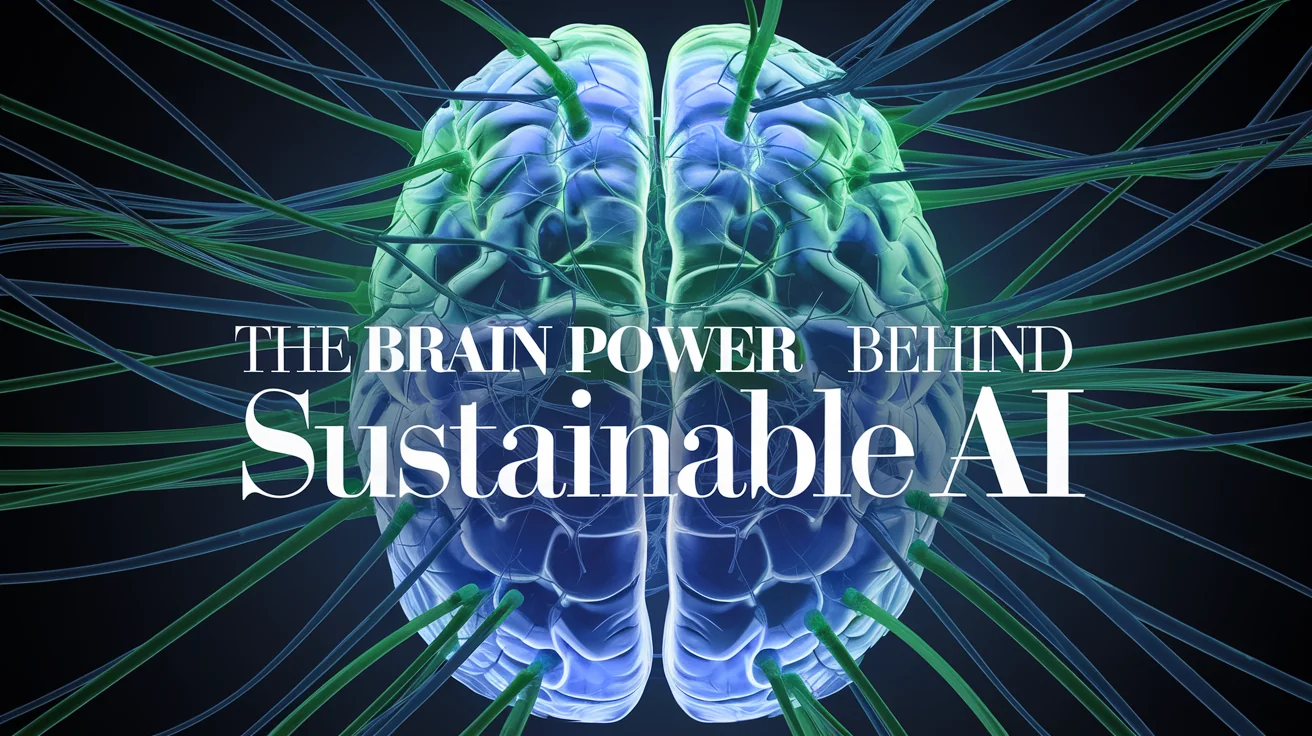The Brain Power Behind Sustainable AI

The Intersection of Food Science and Engineering
Miranda Schwacke, a graduate student at MIT in the Department of Materials Science and Engineering (DMSE), draws an intriguing connection between culinary experimentation and the principles of scientific research. As a member of Kitchen Matters, a congregation of graduate students who use cooking to elucidate scientific concepts through creative outreach, Schwacke has explored topics like the chemistry of chocolate and the techniques behind making isomalt.
Two years ago, she embarked on a project centered around constructing a robust gingerbread house. By scrutinizing various cookbooks and conducting trials in her own kitchen, Schwacke discovered that adjusting the butter content in her recipes could lead to denser gingerbread, thereby making it more structurally sound. This hypothesis illustrates her core belief that modifying material properties can significantly impact performance.
Driving Research through Brain-Inspired Computing
Schwacke’s scientific inquiry extends beyond baking; her research addresses the high energy costs associated with computing, particularly in artificial intelligence. She focuses on developing materials for neuromorphic computing, which emulates the brain’s architecture by processing and storing information simultaneously. Her investigations into electrochemical ionic synapses aim to replicate the efficiency of the brain, which consumes considerably less energy than contemporary AI systems require.
According to Schwacke, “If you look at AI in particular — to train these really large models — that consumes a lot of energy. And if you compare that to the amount of energy that we consume as humans when we’re learning things, the brain consumes a lot less energy.” This revelation has propelled her quest to discover more sustainable, brain-inspired computing methods that could lessen energy demands in AI.
Academic Roots and Inspirations
Raised in a household steeped in science with a marine biologist mother and an electrical engineer father, Schwacke’s affinity for scientific exploration emerged early on. Her childhood fascination with dinosaurs morphed into a broader scientific understanding, particularly after participating in the FIRST Lego League robotics program. The dynamics of constructing robots ignited her passion for engineering and technology.
Schwacke’s entry into materials science occurred during her high school years, paving her way to a research program that examined dye-sensitized solar cells. This experience deepened her appreciation for renewable energy technologies and set the stage for her future studies at Caltech and now MIT.
The Future of Energy-Efficient Computing
At MIT, Schwacke met her advisor, Bilge Yildiz, whose research into the movement of ions through materials captured her interest. Emphasizing a straightforward understanding of the processes, Yildiz significantly influenced Schwacke’s research approach. Her current PhD thesis work is dedicated to examining the effects of magnesium ions in tungsten oxide, a critical material for neuromorphic devices.
Yildiz states, “This is electrochemistry for brain-inspired computing. It’s a new context for electrochemistry, but also with an energy implication, because the energy consumption of computing is unsustainably increasing.” Schwacke’s work embodies a novel approach to addressing one of the paramount challenges in AI today: finding greener forms of computation.
Collaborative Learning and Community Engagement
Apart from her lab work, Schwacke is actively involved in community outreach through Kitchen Matters, engaging with local events to facilitate scientific understanding among children. This commitment to communication is a testament to her belief in the importance of building community within the scientific endeavor.
Yildiz commends her involvement, noting that such experiences enhance her ability to relate scientific concepts to varied audiences—critical for her future aspirations in academia after completing her PhD. Schwacke’s multifaceted approach to research and education exemplifies the interconnectedness of scientific pursuit and community impact, fostering a legacy of inspiration for future scientists and engineers.
Schwacke’s journey is a remarkable illustration of how curiosity and dedication can yield innovative solutions to pressing global challenges, particularly in the realm of sustainable artificial intelligence.